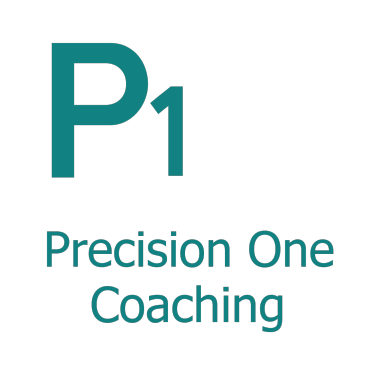How to Start Training for Hypertrophy with Purpose.
Building muscle requires more than showing up—it needs structure, strategy, and consistency.
At Precision One Health and Fitness, we’re proud to welcome a growing number of members every month. Many come in with training goals—“I want to build muscle” or “I want to tone up”—but aren’t quite sure how to get there.
Maybe you’ve been using machines, doing the odd workout here and there, or following your own routines. But if you’re serious about gaining lean muscle, you need a plan grounded in science—one that turns your workouts from random to results-driven.
This guide will explain how to transition from casual gym-goer to purposeful hypertrophy training.
💡 What Is Hypertrophy Training?
Muscle hypertrophy is the process of increasing the size of your muscle cells through resistance training. It’s not just about lifting heavy—it’s about lifting smart, consistently, and with the right strategy.
There are two primary types of hypertrophy:
- Myofibrillar Hypertrophy: Increases muscle density and strength (heavier loads, lower reps).
- Sarcoplasmic Hypertrophy: Increases muscle size and volume (moderate loads, higher reps).
For most people looking to get “bigger” or “more toned,” the focus should be sarcoplasmic hypertrophy.
🏋️♂️ The Hypertrophy Formula
To stimulate hypertrophy effectively, your training should include the following:
| Principle | Recommendation |
| Reps per Set | 6–12 |
| Sets per Exercise | 3–5 |
| Rest Between Sets | 60–90 seconds |
| Training Frequency | 2–3x/week per muscle group |
| Tempo | Slow and controlled, especially during the lowering phase |
🔄 Start With a Split Routine
Split routines allow you to train more often without overloading the same muscle group every session. Here are some popular hypertrophy-friendly training splits:
3-Day Split (Beginner to Intermediate)
- Day 1: Push (Chest, Shoulders, Triceps)
- Day 2: Pull (Back, Biceps)
- Day 3: Legs (Quads, Hamstrings, Glutes, Calves)
4-Day Upper/Lower Split
- Day 1: Upper Body A
- Day 2: Lower Body A
- Day 3: Upper Body B
- Day 4: Lower Body B
🔧 Essential Hypertrophy Exercises
Compound Movements – target multiple muscles at once; these form the base of your program.
- Barbell Squats
- Deadlifts
- Bench Press
- Pull-Ups or Lat Pulldown
- Barbell Rows
- Overhead Press
Isolation Exercises – target specific muscles to increase volume and address weaker areas.
- Bicep Curls
- Triceps Pushdowns
- Lateral Raises
- Leg Extensions
- Calf Raises
- Cable Flys
🧠 Mind-Muscle Connection
One of the most overlooked techniques in hypertrophy is the mind-muscle connection—focusing intensely on the target muscle during every rep.
💥 Tips:
- Control the tempo: 2–3 seconds down, brief pause at the bottom, 1 second up
- Eliminate momentum—don’t “throw” weights, keep control in lifting and lowering
- Visualise the muscle working against the resistance
🥗 Nutrition & Recovery
Training is just one side of the equation. To grow muscle, your body needs fuel and rest.
Nutrition for Muscle Growth:
- Protein: 1.6–2.2g per kg of body weight daily
- Calories: Slight calorie surplus if you’re trying to gain muscle
- Carbs: Essential for energy and recovery
- Hydration: Muscles are 75% water—drink plenty!
😴 Recovery Essentials
- Sleep: 7–9 hours per night
- Rest Days: 1–2 per week
- Active Recovery: Light cardio, stretching, mobility work
🔁 Tracking Progress
One of the most important steps is tracking your progress:
- Use a workout log (app or notebook)
- Note weights, sets, reps, and how each session felt
- Aim to improve week by week (progressive overload)



